March22
So, I’m sitting there trying to install a python module with pip and the package keeps erroring, saying the package has a problem on line X of file y in some-package-3.4.1.tar.gz.
Ugh! Must I really de-tar/zip this and crawl through it and edit the code and then retar/zip the code and so on?
No.
Not with vim.
You just go…
$ vim some-package-3.4.1.tar.gz
vim then unzips and untars the file and shows it as a directory listing. You arrow-down the list, pick the file you want, hit return and it opens the file ready to edit. Noice!
When finished, all you do is, as normal, just go :wq and it saves the file and shows the list of files in the tar archive again. :wq again and vim re-tars and re-compresses the file, ready to use. On a scale of 1-10, that is clearly an 11.
March14
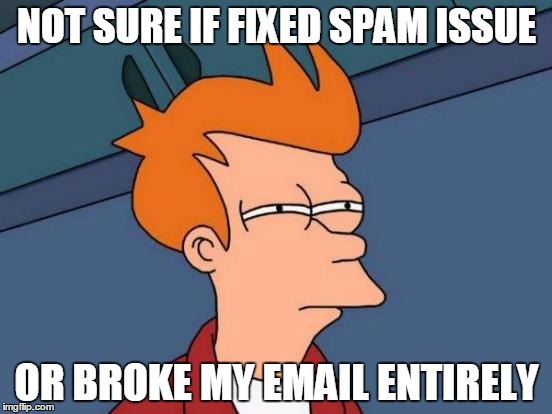
Here’s a handy tip.
Imagine the scenario.. you’re online and a site wants your email address to email you something. You don’t want to really give your address because it’s possible the data will be sold or passed on. Wat do?
Append a plus (“+”) sign and any combination of words or numbers after your email address.
For example, if your email address is bob.smith@test.com, and you book tickets on say, a travel website, enter your email address as bob.smith+shitty_travel@test.com. You will receive your email/tickets etc. as usual, but now you can filter it and also, more importantly, see where spamming mail has come from if you suddenly get unrelated mail with the same target address. Noice.
December16
Men landed on the moon 48 years ago. The technology is still stunning. I still find it incredible that all this was achieved with computing power you would easily find in a contemporary washing machine, toaster or a digital watch; indeed, the microprocessors or microcontrollers in such equipment have far more power and cost anywhere up to $2 a piece.
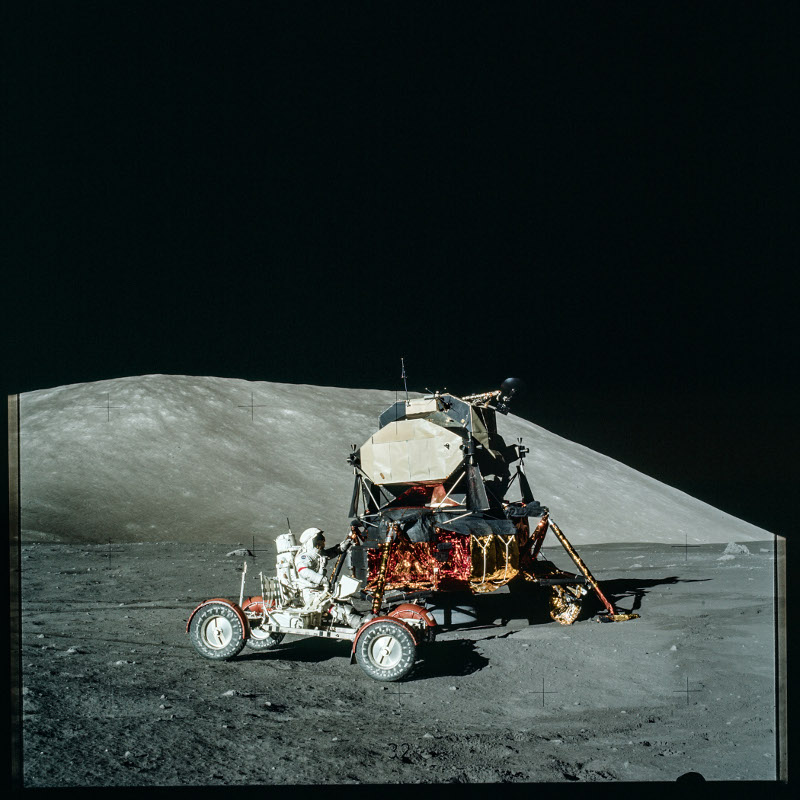
With that in mind, here’s some superbly immersive websites that sync all the video and audio as well as stills of the lunar landings.
This is the complete landing sequence of Apollo 11 with audio and visual synced. Superb.
http://www.firstmenonthemoon.com/
This is a continuous loop of of Apollo 17 from launch to life on the lunar surface with photos and video. Again, superb.
http://apollo17.org
And then fast forward to today. Space-X is launching rockets that dump the payload into orbit and then the fist stage rocket section falls back to earth and lands vertically on the landing pad, ready for repair and re-use. Off. The. Hook.
“The Falcon has landed” | Recap of Falcon 9 launch and landing
Longer sequence of events
Pretty sick.
November14
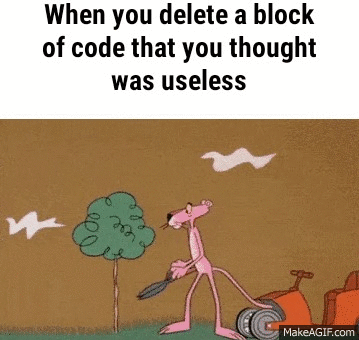
This is why I love git. A little tricky to get the exact hang of it, but once you have it, there’s no going back!
June27
Check out this tweet form Mr. Edward Snowden. Interesting indeed. PGP still looks intact in its raw form. This is good news. Assuming the end point device has not been compromised of course and the password and private key snarfed.
That said, that is something really only a state player or well financed operative will have a shot at. For the regular folk using PGP means always having your thoughts and ideas protected.
If somebody gets access to your mail server, as per Hillary Clinton, at least the attacker will have squigabytes worth of nothing and nobody finds out about your involvement with Saudi, mis-handling classified documents, Libya and the Clinton Foundation.
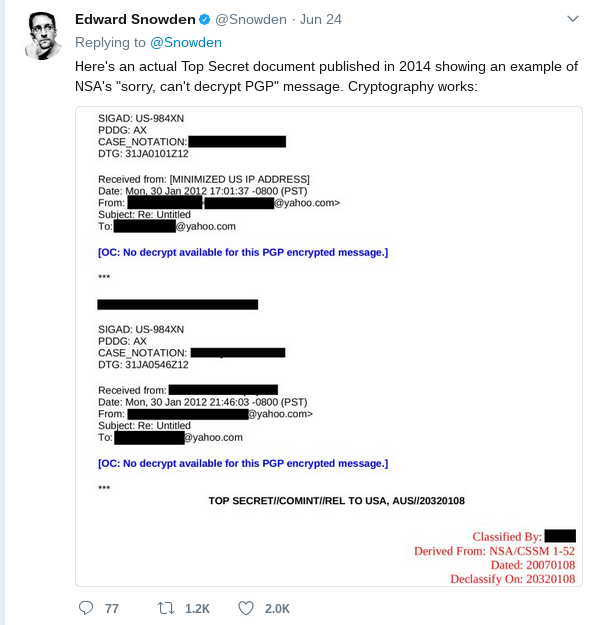
Your email was intercepted. Two words. “Shit” and “Jack”.
June20
Here’s an interesting one. I did not know that the term ‘patch’ as used to mean “apply an update to software” comes from the first computers.
In the days of punched paper tape, where binary commands were loaded into memory from tape, instead of recreating an entire punched paper tape to correct the software, a piece of sticky tape was applied to the paper tape to cover the hole in the paper and change the command, thus literally patching the software.
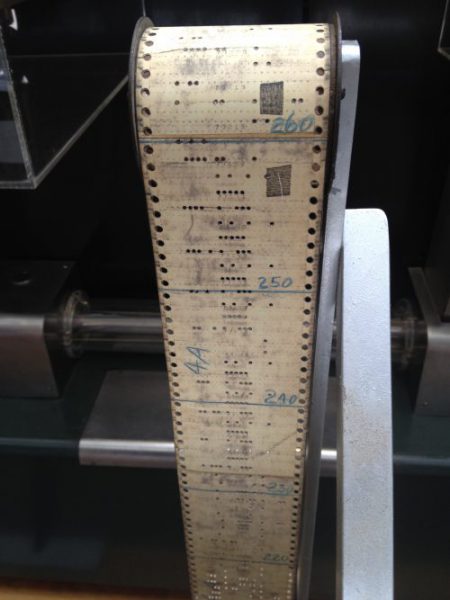
Moar info from wikipedia..




